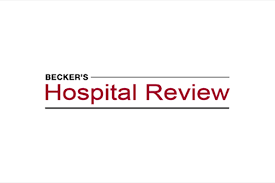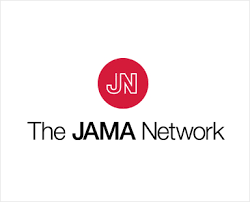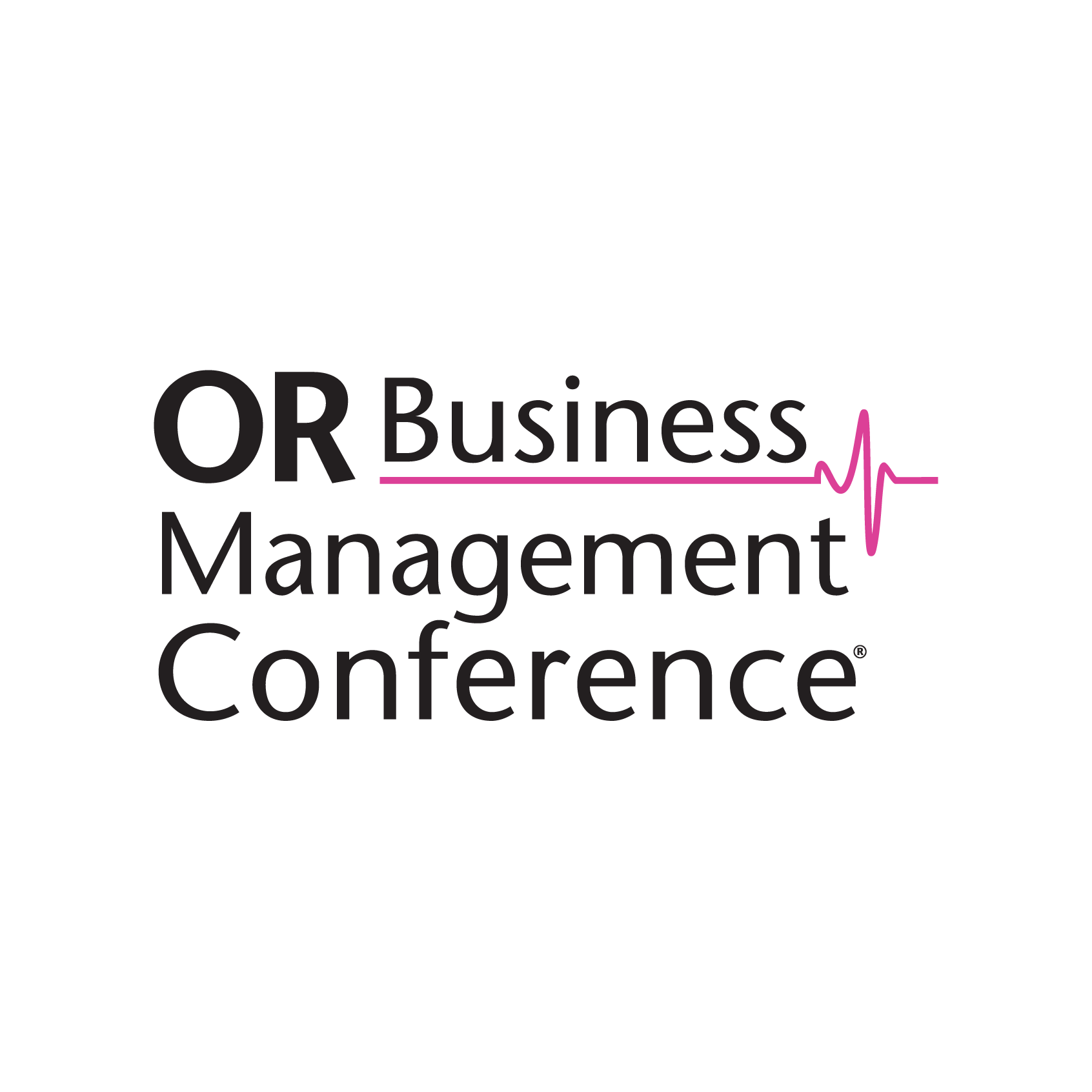Market volatility threatens hospitals’ liquidity as tariff-driven costs rise

Editor's Note Tariff-fueled market volatility is jeopardizing the investment returns that nonprofit hospitals rely on to bolster liquidity, manage debt, and weather ongoing operational headwinds, according to an April 16 report in Fierce Healthcare. As detailed in the article, hospitals face a dual threat: higher direct costs on supplies and…
Tariffs strain supply chains, split medical manufacturing community

Editor's Note President Donald Trump’s latest round of tariffs—especially steep duties on Chinese imports—has sharply divided the medical community, with device manufacturers urging exemptions while some US-based PPE producers cheer the protectionist move. CNBC reported the news April 16. The tariff rate on China is 145%, the outlet reports, while…
GAO urges HHS to improve drug shortage response coordination

Editor's Note The Government Accountability Office (GAO) has called on the Department of Health and Human Services (HHS) to implement a formal mechanism for coordinating efforts to address ongoing drug shortages, which continue to jeopardize patient care nationwide. In a report released April 9, 2025, the GAO highlighted the critical…
Survey: Tariffs expected to increase hospital costs, disrupt supply chains

Editor's Note Rising tariff-related costs are expected to significantly impact hospital budgets and healthcare supply chains, according to a March 27 report in Becker’s Hospital Review. The article focuses on a recent survey conducted by Black Book Market Research in January before the US enacted 25% tariffs on Canadian and…
Bipartisan bill would expand presidential trade authority over medical goods

Editor's Note The bipartisan Medical Supply Chain Resiliency Act would grant the president expanded authority to negotiate trade deals and modify tariffs on medical goods, according to a March 14 report from Fierce Healthcare. The bill, backed by pharmaceutical and healthcare industry groups, aims to strengthen the US medical supply…
Study: Hospital bed shortage looms as aging population drives demand

Editor's Note US hospitals face a growing risk of bed shortages as an aging population drives up hospitalization rates, according to research published February 19 in Jama Network. Leveraging COVID-19-era occupancy data, the study projects national hospital occupancy could reach 85% by 2032 for adult beds and by 2035 for…
Session: Anchors Away: 5 Strategies to Right-Size Your Inventory and Improve Supply Contracts

Editor's Note As executive director of the Association for Health Care Resource & Materials Management (AHRMM), Michael Schiller, CMRP, gets regular insight into strategies employed by healthcare organizations, suppliers, technology leaders and frontline staff—insight he was happy to share with OR business Management Conference attendees in a February 11 presentation.…
Session: Anchoring Profits—Restructuring Inventory Practices to Secure $200 Million in Cost Savings

Editor's Note Restructuring inventory management has slashed costs and enhanced efficiency at Massachusetts General Hospital (MGH), presenters revealed at the OR Business Management Conference, touting an initial savings estimate of $200 million. Presented by Paul Flaherty, CRCST, Senior Manager Customer Service, Joshua Gomez, MPH, Business Operations Manager, and Steve Spring,…
Solving the supply chain equation takes shared perspective, ingenuity

Takeaways • Interdepartmental collaboration and standardized communication are essential to quickly identifying and addressing supply chain challenges. • Just-in-time inventory strategies have gained traction since the pandemic. Successful strategies involve leveraging data, rethinking preference card management, and shifting to a demand-planning model. • Resiliency is essential to cope with the…
Three strategies for demystifying the ASC supply chain puzzle

Ensuring safe, quality care requires precise alignment among inventory levels, delivery schedules, storage solutions, and every other element of the supply chain. A single missing piece of this puzzle—say, a delayed shipment or a storage issue—can disrupt the entire picture. Making the pieces fit can be difficult for any healthcare…

 Free Daily News
Free Daily News